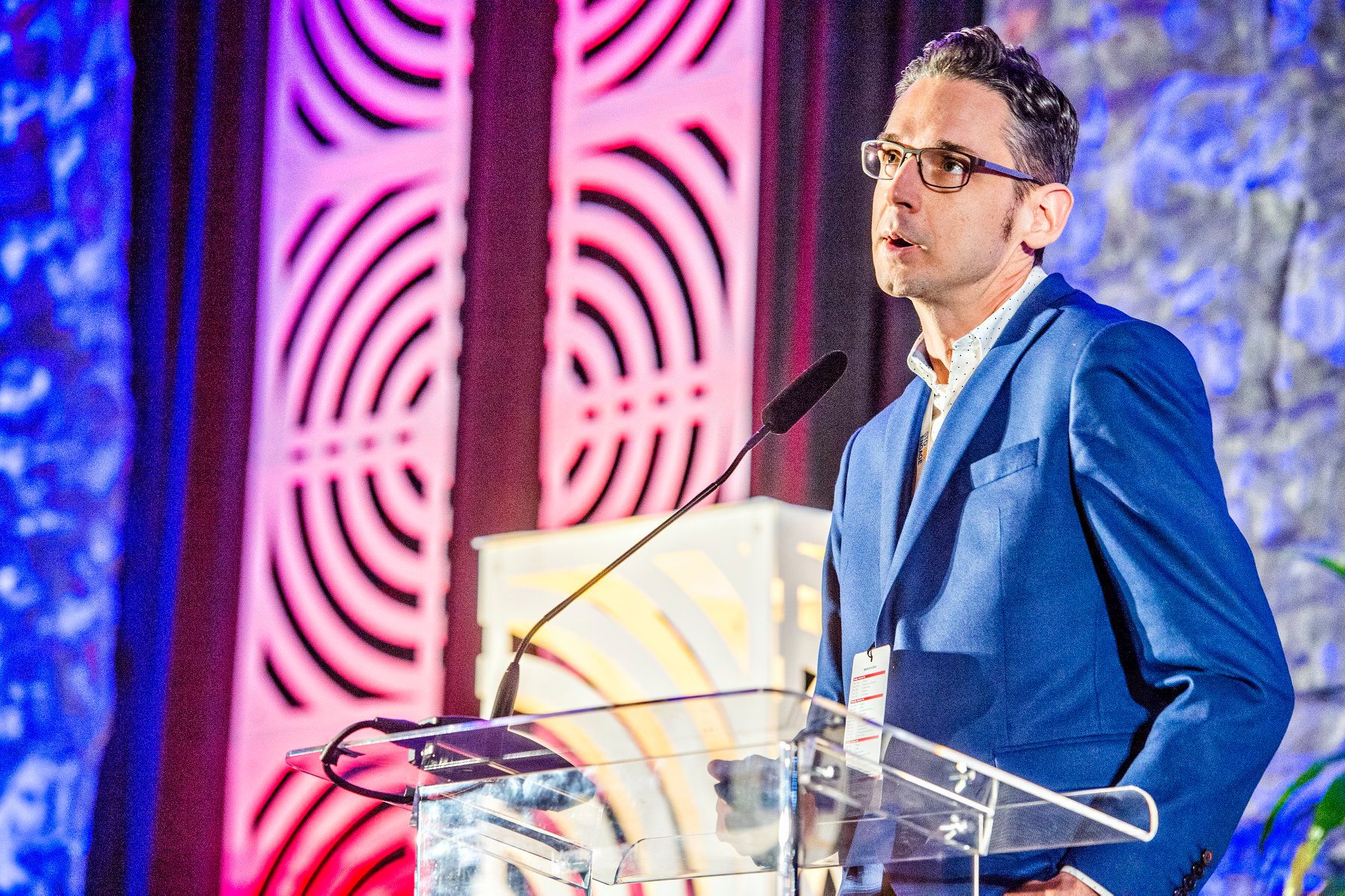The Voice, Perspective, and Needs of MSM
For STD awareness Month, this piece highlights what one state is doing to raise the voices of MSM and what needs to be done to represent these communities.

As a member of NCSD’s MSM Advisory Committee as well as a relatively new STD program director, I’ve spent the past several months contemplating what it means to advocate for MSM health equity in my role. How do you create an STD program that effectively addresses the particular HIV/STD prevention needs and concerns the queer male community might have? It’s an ongoing process and one in which I strive to learn a bit more each day. Here are a few ways our state STD program in Oregon has sought to work towards addressing the unique STD prevention needs of MSM.
Capturing community voices: Oregon is fortunate to have an HIV planning group that is integrated with STD and Viral Hepatitis and several queer men from across the spectrum of diversity are part of our planning group. Their insights help us to ensure that our STD prevention efforts and priorities take into account the needs of MSM and other sexual minorities.
Leveraging resources: Like some other states, we’re fortunate to be able to leverage funding from other sources, including HIV, to support STD prevention efforts. We have included a strong STD focus as part of our new HIV Early Intervention Services and Outreach (EISO) initiative. This includes prioritizing MSM diagnosed with rectal gonorrhea for enhanced partner services and prevention support due to their increased potential risk for acquiring HIV in the future and their need for information on PrEP. Prioritizing the delivery of services to MSM as one of our contract deliverables for EISO not only makes good public health sense because it can avert new HIV cases, it’s also a concrete step towards addressing health disparities faced by MSM.
The power of representation: There is an incredible amount of diversity within the queer community. So why is it that so much of the imagery that gets used in HIV/STD prevention targeting MSM still features the hot young guy with six pack abs? In selecting new images for our initiatives and programs such as End HIV Oregon and our text-based testing reminder service, Oregon Reminders, we’ve striven to be more deliberate in representing the broader spectrum of the queer male community by using images reflecting diverse ages and races. However, there is more work to be done by our program and others. If you are a queer male with a physical disability when was the last time you saw yourself represented in an HIV/STD prevention ad or palm card?

More accurately measuring impact: Being able to measure the true impact of the STD epidemic on specific communities, including MSM, is profoundly important. Our program has prioritized collection of information on sexual orientation in trainings for local partners over the past few years and we are beginning to see the impact. We also measure the percentage of gonorrhea and syphilis cases with this variable completed when conducting compliance and quality assurance audits with our local health department partners. It’s even included as a process measure as part of our statewide public health accountability metric on gonorrhea.
Working to establish a state or local STD program that addresses MSM health equity and the unique needs of queer men is an on-going process. There’s so much left to do and community needs evolve and shift with some regularity. If we are to reach NCSD’s vision of a future free of STDs, we must continue to keep in mind the crucial voice, perspective, and needs of MSM.
About Josh
Josh Ferrer has worked in STD and HIV Prevention for over twelve years in both non-profit and state public health settings. In his current role as HIV/STD Prevention & Surveillance Manager with the Oregon Public Health Division he oversees Oregon’s STD Prevention and HIV Prevention & Surveillance cooperative agreements with the CDC in addition to a portfolio of other state-funded STD and HIV prevention initiatives. He holds a master’s degree from Miami University of Ohio and is a 2010 graduate of the CDC and ASPPH’s Institute for HIV Prevention Leadership.